
Truffle Season in Umbria: A Day Trip That'll Ruin All Other Mushrooms Forever

I moved to Rome for the espresso, the architecture, and the ability to gesture wildly without judgment. What I didn't expect was that a two-hour drive northeast would completely recalibrate my understanding of what food can be. Umbria during truffle season isn't just a day trip. It's a full-blown sensory ambush that'll make you question every meal you've ever considered 'fancy.'
Why Umbria? Because Rome's Neighbor Does It Better
Here's the thing about living in Rome: you're surrounded by incredible food, but you're also surrounded by tourists photographing their carbonara. Umbria, on the other hand, is where Romans go when they want to actually eat without someone's selfie stick in their spaghetti.
The region sits just north of Lazio, a patchwork of medieval hill towns, rolling vineyards, and forests that produce some of the world's most expensive fungi. While Tuscany gets all the attention (and tour buses), Umbria quietly perfected the art of truffle hunting sometime around the Middle Ages and never felt the need to brag about it.
From October to December, the white truffle, Tuber magnatum, makes its appearance, commanding prices of $250 to $450 per ounce in New York restaurants. Here in Umbria, you can watch them get pulled from the ground by a dog who's more excited about treats than the fact they're unearthing edible gold.
The Morning I Learned Dogs Are Smarter Than Me
My first truffle hunt began at 8 AM in the woods outside Norcia, a town that has been synonymous with pork and truffles since before the concept of America existed. My guide, Marco, showed up with Luna, a Lagotto Romagnolo who looked like a teddy bear but worked like a Wall Street analyst.
'She can smell them under six inches of soil,' Marco explained, as Luna zigzagged through the oak trees with the focus of someone tracking down their lost AirPods.
Within twenty minutes, Luna stopped, pawed at the ground, and looked back at Marco with the confidence of someone who knows they're about to get a bonus. Marco dug carefully with a small spade, and there it was, a white truffle the size of a golf ball, smelling like a combination of earth, garlic, and something I can only describe as 'expensive forest.'
'This one,' Marco said, weighing it in his hand, 'maybe 80 euros in the market.' Luna got a treat. I had an existential crisis about my career choices.
What Makes Truffle Hunting Different From Regular Hiking
Truffle hunting isn't a spectator sport; it's a collaboration between human expertise, canine talent, and centuries of ecological knowledge. The dogs are trained from puppyhood to recognize the scent, and good truffle dogs can cost upwards of $10,000.
The hunters work specific territories they've maintained for generations, understanding which trees produce the best truffles (oak and hazelnut are prime real estate) and which soil conditions favor growth. It's part forestry, part detective work, and entirely dependent on keeping the dog happy with treats and praise.
Marco told me the forests are regulated. You need a license to hunt truffles, and there are strict seasons in place to prevent overharvesting. It's sustainable gastronomy with a side of Italian bureaucracy, which somehow makes it feel more authentic.
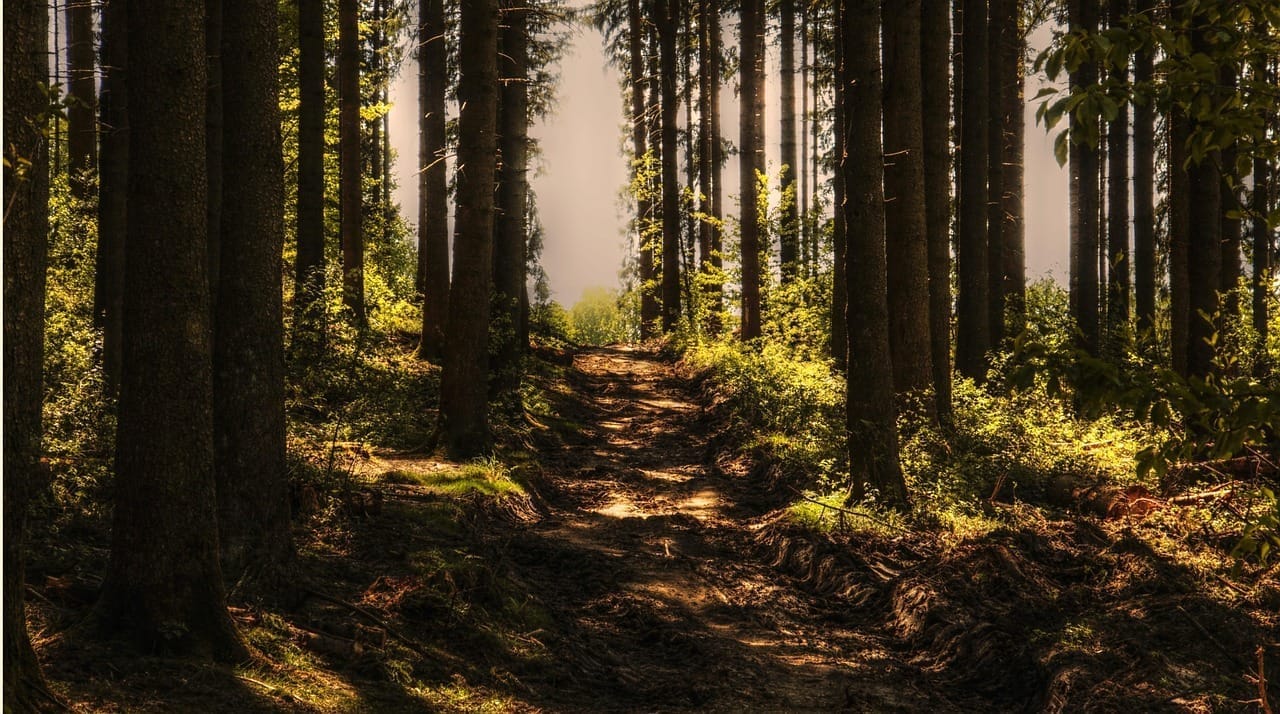
Norcia: Where Butchers Are Celebrities
After the hunt, I headed into Norcia proper, a town so dedicated to cured meats that the word 'norcino' literally means 'pork butcher' in Italian. The city took a hit from a 2016 earthquake, but it has been rebuilt with the same stubborn pride that keeps family-run salumerias operating through the centuries.
The central piazza is lined with shops selling prosciutto, salami, wild boar sausages, and lentils (Norcia's Castelluccio lentils are protected under EU law, because apparently even legumes get legal representation here). Every shop offers samples, which means 'lunch' becomes a very loose concept.
I bought a small truffle, about 30 grams, for 40 euros, from a vendor who wrapped it in paper as if it were a Rolex. 'Use it in three days,' he warned. 'After that, you're just eating expensive dirt.'
The Economics of Truffle Tourism
Truffle-hunting experiences in Umbria typically cost between 80 and 150 euros per person, depending on the duration and whether lunch is included. That might sound steep until you realize you're getting a private education in mycology, forestry, and dog training, plus the chance to find something worth $200 in a New York restaurant.
The region's truffle industry generates an estimated 50 million euros annually, supporting hundreds of families who've been involved in this tradition for generations. It's agritourism that actually benefits local communities, rather than just creating Instagram feeds.
Want to skip the hunt and go straight to eating? Norcia's restaurants offer truffle-based tasting menus starting around 35-50 euros. You'll get pasta with shaved truffle, truffle omelets, and possibly truffle gelato if the chef is feeling ambitious.
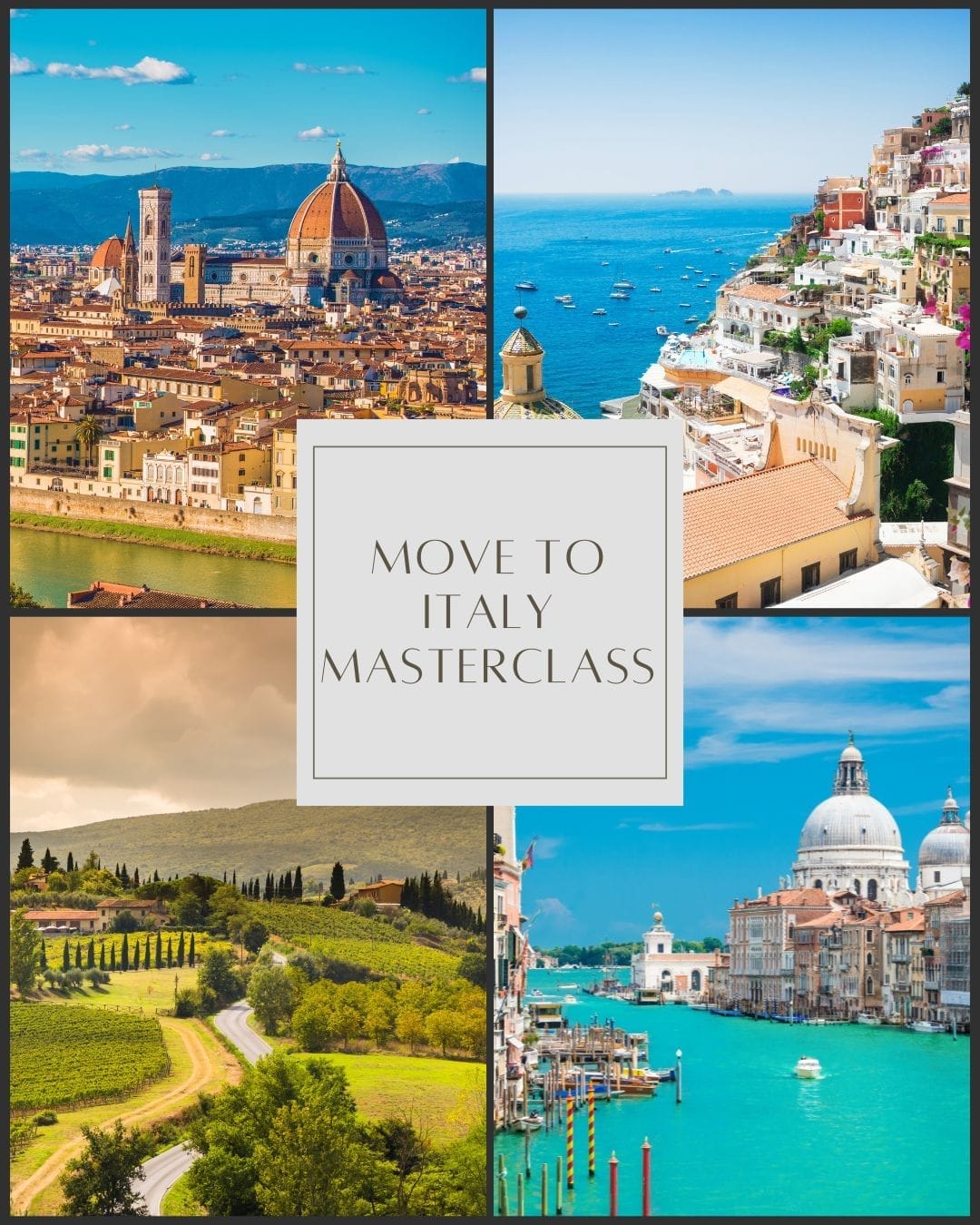
Ready to make your own move to Italy? Our
online course provides comprehensive guidance on visas, housing, healthcare, schools, and everything else you need to know for a successful family relocation. Learn from those who've done it and avoid costly mistakes.
Spoleto: Medieval Architecture With Modern Lunch
Thirty minutes south of Norcia, Spoleto offers a full medieval Italian experience, featuring a fortress on a hill, a Roman theater, and a cathedral adorned with frescoes by Filippo Lippi. It's the kind of place where you park at the bottom and either take a series of escalators built into the hillside (very 21st century) or walk up approximately 4,000 steps (very 14th century).
I chose the escalators. I'm an expat, not a pilgrim.
The Ponte delle Torri, a 10-arch aqueduct bridge spanning a gorge, is Spoleto's postcard moment, and it's legitimately jaw-dropping. Built in the 13th century and standing 260 feet high, it's the kind of engineering feat that makes you wonder what we're doing with all our modern technology if we can't even build a decent subway system.
For lunch, I found a trattoria near the Duomo serving strangozzi al tartufo, thick, hand-rolled pasta with black truffle. Cost: 18 euros. Flavor profile: life-altering. The pasta was so good I briefly considered moving to Spoleto, until I remembered they probably don't have reliable coworking spaces.
Why Spoleto Matters Beyond the Food
Spoleto hosts the Festival dei Due Mondi every June. It's a massive arts festival that brings opera, theater, and dance to venues throughout the town. It's been running since 1958 and attracts serious cultural tourists who appreciate both Verdi and truffle butter.
The town also features a legitimate Roman theater that's still used for performances, as well as several museums showcasing a range of exhibits, from medieval religious art to contemporary installations. It's culture-dense in a way that doesn't feel forced or touristy. A town that has accumulated 2,000 years of art and has decided to preserve it.
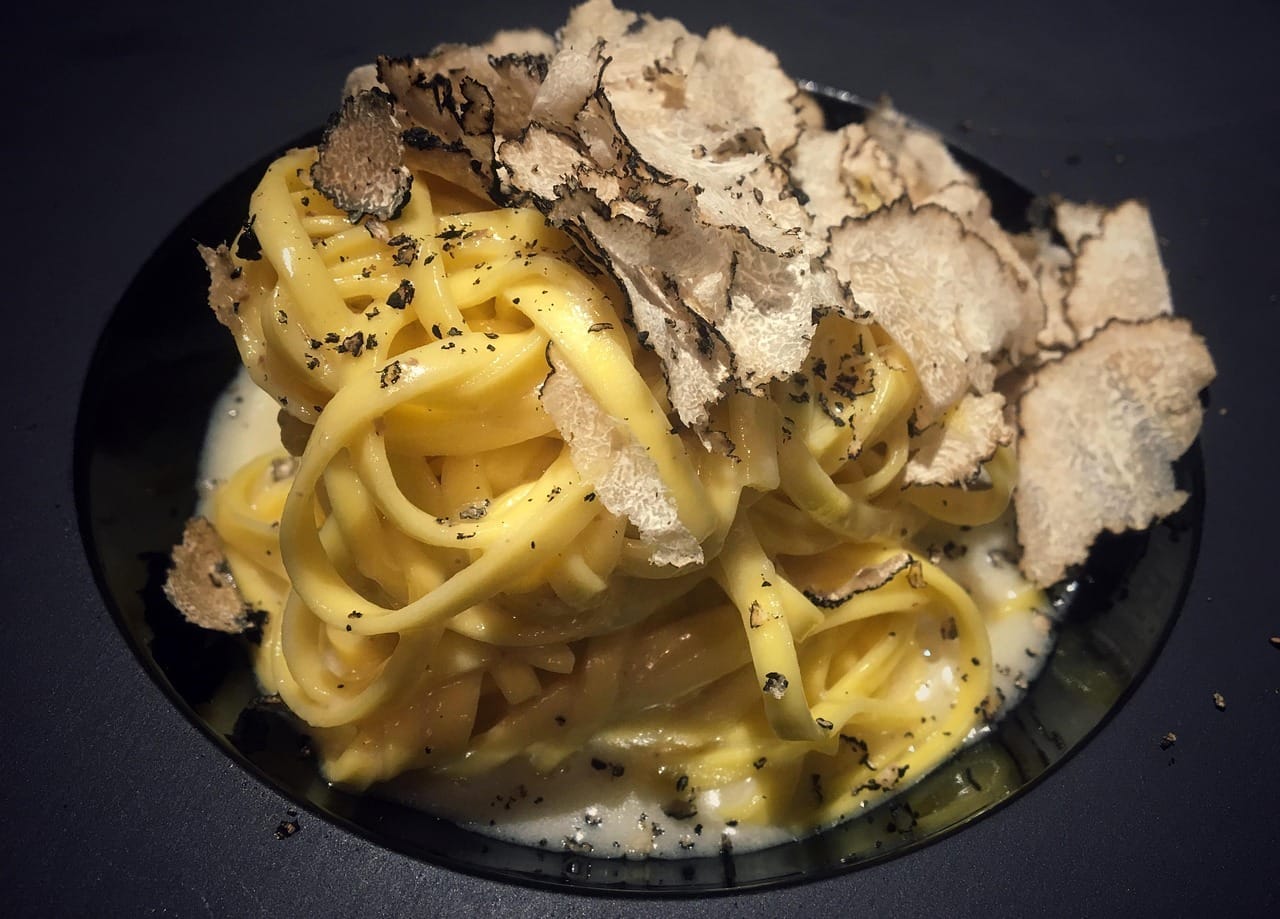
Bevagna: Where Time Forgot to Move Forward (In a Good Way)
If Spoleto is medieval Italy with WiFi, Bevagna is medieval Italy that's still figuring out electricity. This tiny walled town sits on the Via Flaminia. A Roman road that connected Rome to the Adriatic, it appears to have changed little since the days when toga-wearing travelers stopped for wine.
The Piazza Silvestri is the kind of square they put on puzzles: asymmetrical, cobblestoned, surrounded by Romanesque churches, and completely free of chain stores. There's a functioning Roman mosaic in the public baths (black and white depictions of sea creatures, in case you're wondering), and several medieval workshops where craftspeople still make paper, silk, and candles using 13th-century techniques.
In late June, Bevagna hosts the Mercato delle Gaite, a four-day medieval festival where the entire town dresses in period costume and operates as if it's 1250. It's a historical reenactment taken seriously, complete with medieval currency, authentic food, and absolutely zero iPhones in sight.
The Wine Situation in Bevagna
Bevagna sits in the heart of Montefalco wine country, which produces Sagrantino di Montefalco, a bold red wine with enough tannins to strip paint. It's not for casual drinkers; this is the wine equivalent of listening to Wagner at full volume.
I stopped at a vineyard just outside town (Cantina Antonelli, if you're taking notes) and did a tasting that included Sagrantino, Rosso di Montefalco, and a white Grechetto that was surprisingly excellent. Total cost: 15 euros. Total regret about not buying a case to ship home: immeasurable.
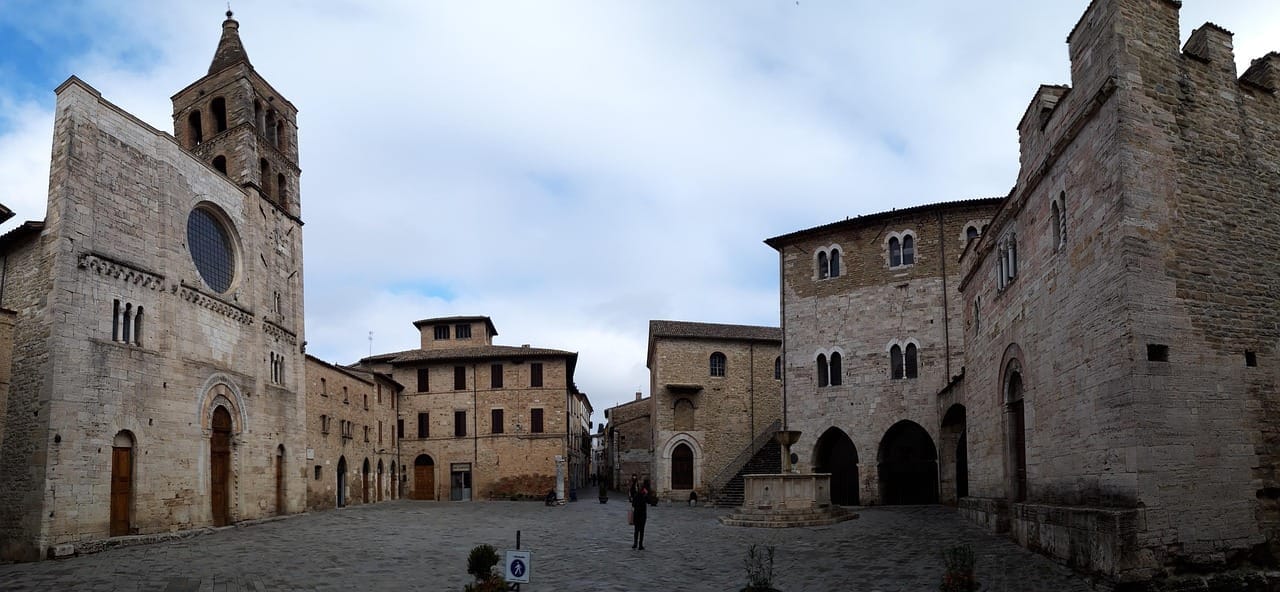
Assisi: Because You Can't Skip It Even If You Try
Let's be honest: Assisi is packed. St. Francis was born here and died here, and the place has become famous enough that UNESCO has given it World Heritage status, resulting in daily traffic jams from tour buses.
But here's why you go anyway: the Basilica di San Francesco is genuinely stunning, with Giotto frescoes that art historians travel across continents to see. The upper and lower basilicas are covered floor-to-ceiling in 13th and 14th-century frescoes depicting St. Francis's life, and even if you're not religious, the artistry is museum-quality.
The trick is timing. Arrive before 9 AM or after 4 PM, and you'll have significantly fewer selfie sticks to navigate around. The town itself, built into the slope of Monte Subasio, has winding streets, stone buildings, and views across the valley that justify the crowds.
For lunch, skip the restaurants on the main drag and head to the back streets. I found a place serving pici all'aglione (thick pasta with tomato and garlic sauce) for 12 euros that was infinitely better than the tourist traps charging twice that for mediocre lasagna.
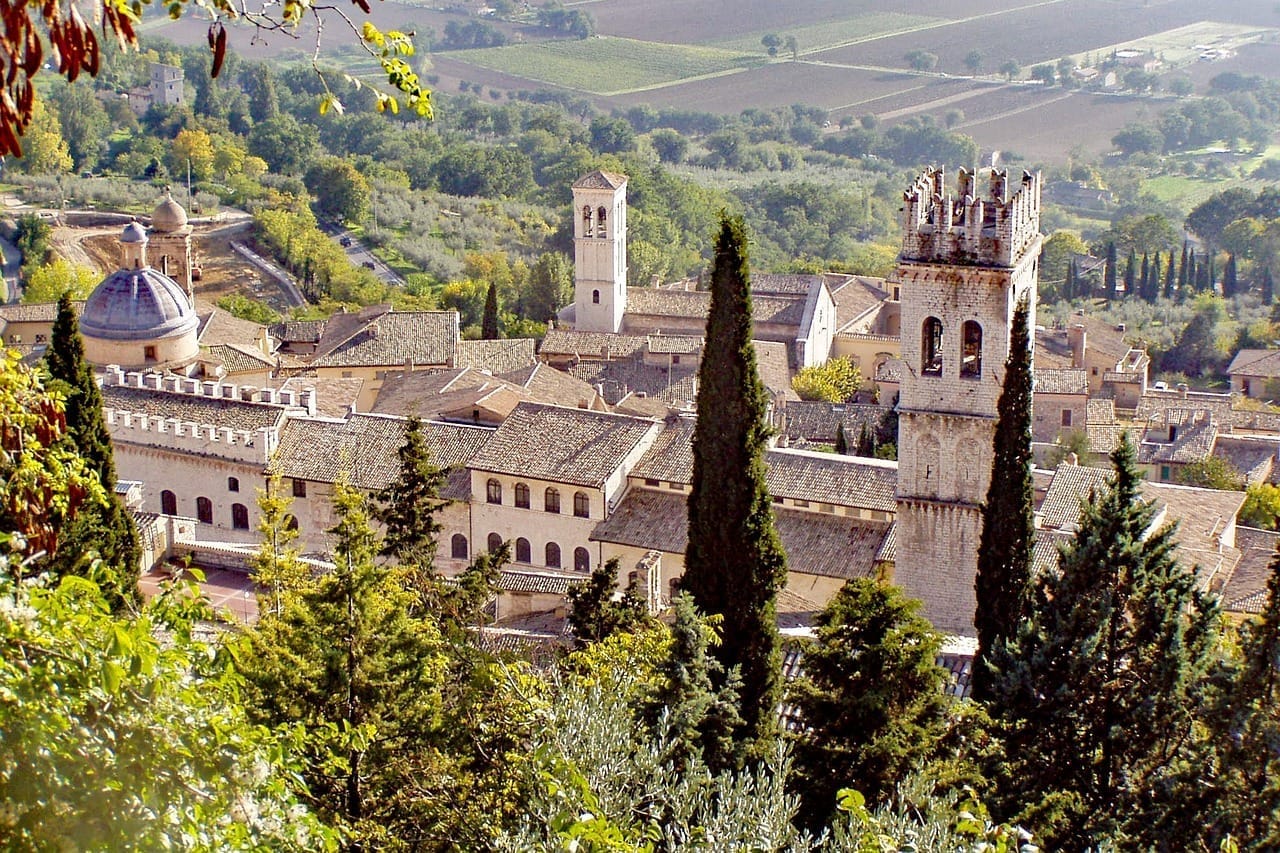
The Practical Stuff: Costs, Logistics, and What to Pack
Transportation: Renting a Car Is Non-Negotiable
You can technically reach some of these towns by train or bus, but it'll take three times longer and involve at least one connection that makes you question your life choices. Renting a car in Rome costs about 40-60 euros per day, and the drive to Norcia takes roughly two hours via well-maintained highways.
Parking in medieval hill towns is an adventure in itself. Most have parking lots at the base of the town (usually 1-2 euros per hour), then you walk or take escalators/elevators up to the historic center. Don't even think about driving into the ZTL (limited traffic zones) unless you enjoy paying 100-euro fines.
Gas in Italy runs about 1.80-2.00 euros per liter (roughly $7.50-$8.50 per gallon in USD), so budget accordingly. The scenic routes through Umbria are worth it, but your wallet might disagree.
Budget Breakdown for a Day Trip
Here's what a solid day in Umbria will run you:
Car rental (per day): $50-70
Gas (round trip): $25-35
Truffle hunting experience: $90-170
Lunch with truffle pasta: $20-35
Wine tasting: $15-25
Small truffle to take home: $40-60
Miscellaneous (parking, coffee, snacks): $15-25
Total: $255-420, depending on how many truffles you consume and whether you spring for the fancy wine. Considering you're getting a private forest experience, multiple UNESCO sites, and food that costs triple this in New York, it's reasonable.
What to Bring (From Someone Who Learned the Hard Way)
Comfortable shoes with grip: You're walking on cobblestones and forest paths. Those trendy minimalist sneakers aren't going to cut it.
Layers: In October and November, temperatures in Umbria can fluctuate from 45°F (7°C) in the morning to 65°F (18°C) by afternoon. Bring a jacket you can tie around your waist.
Cash: Smaller towns and truffle vendors often prefer cash. Bring at least 100 euros in small bills.
A small cooler or insulated bag: If you buy truffles, they need to stay cool. Most vendors will wrap them, but having your own storage helps.
Water and snacks: Truffle hunting can take 2-3 hours, and not all locations have cafes nearby. Pack accordingly.
How to Actually Use Your Truffles (Without Wasting Them)
So you've acquired this expensive fungi. Now what?
First, store it properly. Wrap the truffle in paper towels, place it in a sealed container with uncooked rice (the rice absorbs moisture and keeps the truffle dry), and store it in the refrigerator. Change the paper towels daily.
Use it within 3-5 days max. White truffles lose their potency quickly. By day seven, you're basically paying for slightly fancy dirt.
How to serve: Shave it raw over simple dishes. Truffle's aromatic compounds break down with heat, so it's best to minimize cooking. The classic move is over fresh pasta with butter and Parmigiano-Reggiano, but it's also excellent on scrambled eggs, risotto, or even plain buttered toast.
A $40 truffle is enough to transform 3-4 dishes. Use a truffle slicer or a very sharp knife to shave paper-thin slices. You're aiming for coverage, not chunks. The flavor is intense enough that a little goes a long way.
Unlock the secrets of the world's most successful entrepreneurs with the
Global Wealth Navigator Newsletter
Discover the world's best destinations offering a lower cost of living paired with an enriched quality of life with the Global Wealth Navigator Newsletter. Whether you're a retiree or an entrepreneur, we dive into strategies that open doors to international investments, tax optimizations, and discover the finest destinations offering a superior quality of life. Don't let borders or routine define you; lets find your ideal spot in the world, regardless of your income bracket.
Why This Matters Beyond Instagram
Look, I get it, truffle hunting sounds like peak bougie expat behavior. But here's the thing: it's one of the last remaining food traditions that's utterly dependent on traditional knowledge, seasonal timing, and actual skill. You can't industrialize truffle hunting. You can't scale it. You can't disrupt it with an app.
It's a rare example of agriculture that still works the way it did centuries ago, maintained by families who've been doing this since before Columbus got lost looking for India. In an era where everything's been optimized, commodified, and turned into content, truffle hunting remains stubbornly analog.
Plus, it supports small-scale rural economies in regions that would otherwise struggle. Norcia's truffle industry kept the town economically viable even after the 2016 earthquake devastated the historic center. That matters.
When to Go (And When to Avoid)
White truffle season runs from October through December, with peak availability in November. Black truffles are available year-round, but the prized winter black truffle (Tuber melanosporum) peaks from December through March.
November is the sweet spot: white truffles are abundant, the weather's mild, fall colors make the countryside look like a Renaissance painting, and you're ahead of the December holiday crowds.
Avoid August unless you enjoy traffic, heat, and towns packed with Italian families on vacation. Most of Umbria shuts down for Ferragosto (mid-August holiday), so you'll find limited services and many restaurants closed.
Weekdays are significantly less crowded than weekends, especially in popular spots like Assisi. If you can swing a Tuesday or Wednesday trip, do it.
The Truffle Festivals You Shouldn't Miss
If you're in Umbria during festival season, these are worth planning around:
Norcia's Mostra Mercato del Tartufo Nero (February-March): Celebrates the black truffle with cooking demonstrations, tastings, and a market where you can buy directly from hunters. It's less tourist-heavy than the fall festivals.
Città di Castello's Mostra del Tartufo Bianco (November): One of Umbria's most prominent white truffle fairs, with multiple weekends of events, truffle-based dinners, and cooking competitions.
Gubbio's Mostra Mercato Tartufo Bianco Pregiato (October-November): Combines truffle festivities with Gubbio's medieval charm. The town itself is worth visiting even without the truffles. It features a perfectly preserved medieval quarter and a cable car that transports you to a basilica located on the mountain.

The Towns I Didn't Cover (But You Might Want To)
Umbria has more medieval hill towns than I have opinions about Roman public transportation, so here are the honorable mentions:
Orvieto: Built on volcanic rock with a stunning cathedral and Orvieto Classico wine. It's technically located in southern Umbria, so you can combine it with a trip to Rome.
Gubbio: The aforementioned truffle festival town, also home to the Palazzo dei Consoli and an annual crossbow competition that takes medieval rivalry seriously.
Perugia: The regional capital, home to a massive jazz festival in July and a chocolate festival in October. It's bigger and more urban than the other towns, with a university population that keeps it lively.
Todi: Hilltop town with impressive views, Renaissance architecture, and significantly fewer tourists than Assisi. Suitable for a quieter experience.
What Makes Umbria Different From Tuscany (Since Everyone Asks)
Tuscany has better marketing. Umbria has better truffles. That's the short version.
The long version: Tuscany, especially areas like Chianti and Val d'Orcia, has been thoroughly discovered by international tourism. You're sharing those rolling hills with tour buses, wine-drunk Americans, and influencers timing their photoshoots for golden hour.
Umbria offers similar landscapes, comparable food and wine, and medieval towns that are just as architecturally significant, but with about 60% fewer tourists and 40% lower prices. The trade-off is less English spoken and fewer boutique hotels catering to international guests.
If you want a polished, English-friendly experience with Michelin-starred restaurants and luxury accommodations, Tuscany's your move. If you want to feel like you've discovered something before the crowds arrive, Umbria wins.

The Reality Check: What They Don't Tell You
Let's be real for a second. Truffle hunting involves walking through muddy forests in November. You will get dirt on your shoes. Your phone will probably die because you forgot to charge it. The dog will find truffles faster than you can process what's happening, and you'll spend at least 20 minutes trying to figure out Italian parking signs.
Also, not all truffles are created equal. That 30-euro truffle you bought might be excellent, or it might be less potent than you expected. The quality varies based on rain, soil, the specific tree, and about fifteen other factors that even experts argue about.
And yes, you can buy truffle products: oils, sauces, spreads, but most of them are made with artificial truffle flavoring (2,4-dithiapentane, if you're curious). They're fine for cooking, but they're not remotely the same as shaving fresh truffles over pasta. It's the difference between listening to music through phone speakers versus a decent sound system.
Why You Should Book This Before You Overthink It
Here's what I've learned living in Rome: there's always a reason to postpone things. The weather isn't perfect, you're busy with work, so maybe you'll go next month when your friend visits, or perhaps you'll wait until you've researched the optimal itinerary.
Meanwhile, truffle season ends in December. The restaurants you're reading about close for the winter. The hunting experiences book up. And you end up spending another year eating regular mushrooms like some kind of peasant.
The day trip to Umbria isn't complicated. Rent a car, book a truffle hunt (most farms respond quickly to email and speak enough English to coordinate), pick 2-3 towns to visit, and bring a cooler for your truffle purchases. That's it. The rest works itself out through a combination of good food and accidental navigation.
If you're serious about making the move to Italy and want to understand not just the tourist highlights but the deeper food traditions, agricultural practices, and regional differences that make this country remarkable, our Move to Italy Masterclass covers everything from residency permits to regional culinary tourism opportunities, with practical guidance on planning these kinds of experiences throughout the year.
The Bottom Line: Is It Worth It?
I spent approximately $320 on my first Umbria truffle trip, which included the car, gas, truffle hunt, multiple meals, and a 40-gram truffle to take home. For reference, that same amount would get you mediocre theater tickets in New York or a few cocktails with friends in a trendy Rome bar.
What I got instead: a crash course in mycology from a guy whose family has been truffle hunting since the 1600s, four hours of hiking through forests that looked like a Tolkien set, multiple meals that recalibrated my understanding of pasta, and a truffle that made my apartment smell like a high-end Italian restaurant for three days.
I also discovered that Luna the truffle dog has better job satisfaction than 90% of remote workers, that medieval Italian towns somehow make you forget about email notifications, and that there's something deeply satisfying about eating food that was literally in the ground that morning.
Will it ruin all other mushrooms forever? Absolutely. You'll never look at a cremini the same way. Button mushrooms will seem like a personal insult. But some things are worth being ruined over, and truffle season in Umbria is one of them.

Ready to make your own move to Italy? Our
online course provides comprehensive guidance on visas, housing, healthcare, schools, and everything else you need to know for a successful family relocation. Learn from those who've done it and avoid costly mistakes.
Written by Alex Carter
A branding consultant from New York, Alex thrives in Rome’s mix of chaos and charm. His witty, observant tone unpacks city life, bureaucracy, and the art of espresso-fueled remote work. Alex writes for professionals seeking cultural richness without losing their edge.
📍 From New York, now in Rome
With wit and sharp observation, Alex unpacks city life, bureaucracy, and remote work in Italy’s bustling capital.
Read Articles by Alex →
Global Citizen Life
© 2023 Global Citizen Life
All rights reserved
